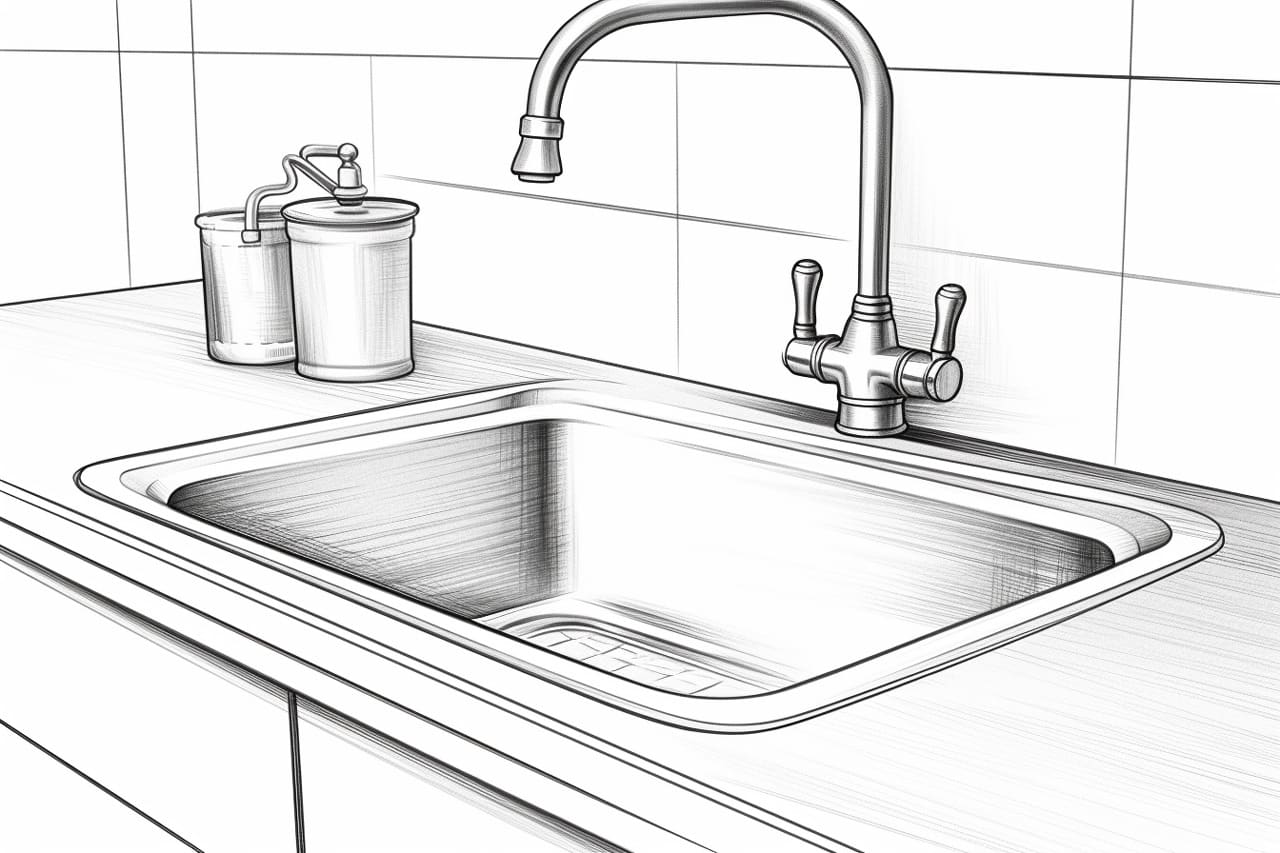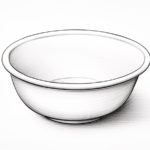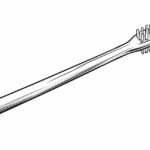Drawing is a fun and creative way to express yourself, and learning how to draw everyday objects can improve your skills as an artist. In this tutorial, I will guide you through the process of how to draw a sink. By following these step-by-step instructions, you will be able to create a realistic and detailed representation of a sink. So let’s get started!
Materials Required
Before we begin, make sure you have the following materials:
- A pencil
- Paper
- Eraser
- Ruler
- Compass (optional)
- Colored pencils or markers (optional)
Now that we have all the necessary materials, let’s move on to the drawing process.
Step 1: Sketch the Basic Shape of the Sink
Start by drawing a vertical rectangle in the center of your paper. This will serve as the basic shape of the sink. Use light and loose pencil strokes, as we will be refining the details later on.
Step 2: Add the Faucet and Handle
At the top of the sink, draw a small rectangle for the faucet. Then, add a curved line below the faucet to represent the handle. Make sure the handle is proportionate to the size of the sink.
Step 3: Draw the Sink Bowl
To create the sink bowl, draw two curved lines that connect to the bottom corners of the vertical rectangle. These lines should form an elongated oval shape. Make the lines smooth and symmetrical for a realistic look.
Step 4: Add the Drain
Inside the sink bowl, draw a small circle to represent the drain. Place the drain slightly off-center towards the back of the sink. You can use a compass to ensure a perfect circle, but freehand drawing works just as well.
Step 5: Sketch the Countertop
Extend the vertical rectangle downwards to create the countertop. The countertop should be wider than the sink bowl and extend beyond the sides. Use a ruler to maintain straight lines and proper proportions. You can also sketch in common kitchen countertop items, like a sponge or dishes.
Step 6: Draw the Cabinet Below the Sink
Underneath the countertop, draw a rectangle to represent the cabinet. The cabinet should be slightly wider and taller than the sink. Make the corners of the cabinet slightly rounded for a more realistic appearance.
Step 7: Add Details to the Cabinet
To add more depth and dimension to the cabinet, draw vertical lines along the front surface. These lines represent the panels of the cabinet doors. You can also add small knobs or handles to the doors for extra detail.
Step 8: Shade and Add Texture
Now that you have the basic structure of the sink, it’s time to add shading and texture to make it look more realistic. Use your pencil to lightly shade the areas that would be in shadow, such as the underside of the sink bowl and the inside of the cabinet.
Step 9: Refine the Lines and Erase Guidelines
Take a closer look at your drawing and refine any lines that need more detail or precision. Use an eraser to remove any unnecessary guidelines and smudges.
Step 10: Optional – Add Color
If you want to make your drawing more vibrant, you can add color using colored pencils or markers. Experiment with different shades to achieve a realistic representation of the sink. Pay attention to the reflective properties of metal and the texture of the cabinet.
Conclusion
Congratulations! You have successfully learned how to draw a sink. By following these step-by-step instructions, you have created a realistic and detailed representation of a sink. Drawing everyday objects can be a great way to improve your artistic skills and enhance your creativity. So keep practicing, and soon you’ll be able to draw even more complex objects with ease.
Remember, this tutorial is just a starting point. Feel free to experiment and add your own personal touch to make your drawings unique. Keep exploring and practicing, and before you know it, you’ll be able to draw anything you set your mind to.
Happy drawing!









